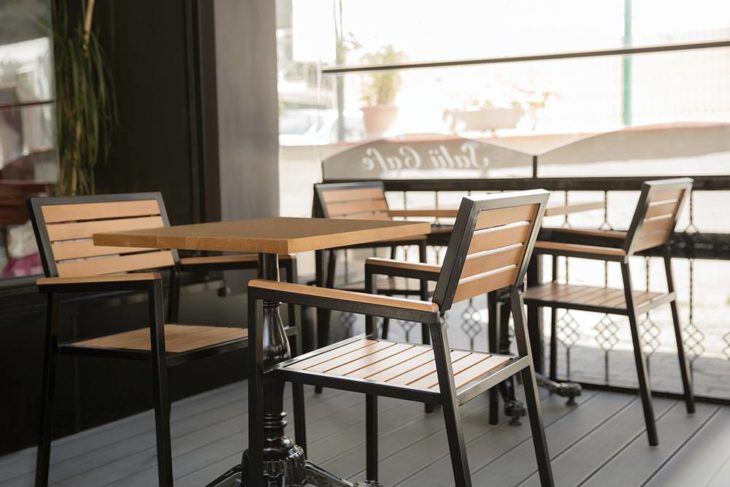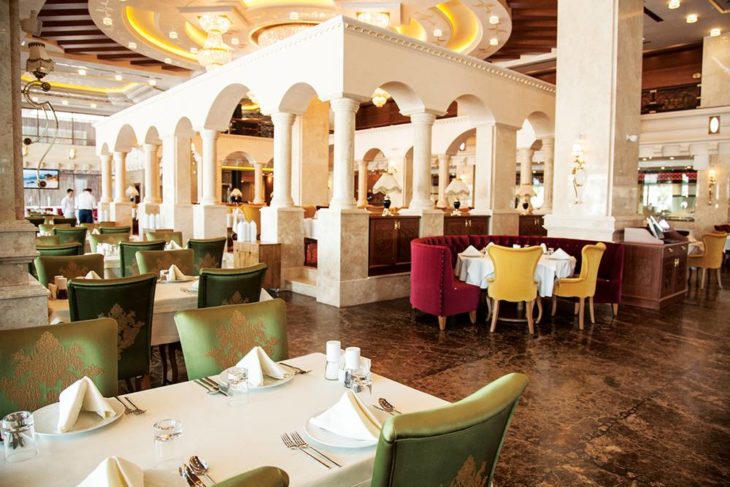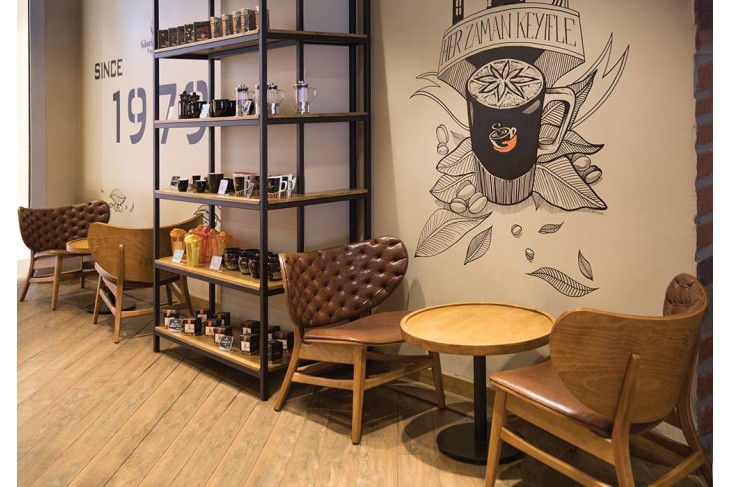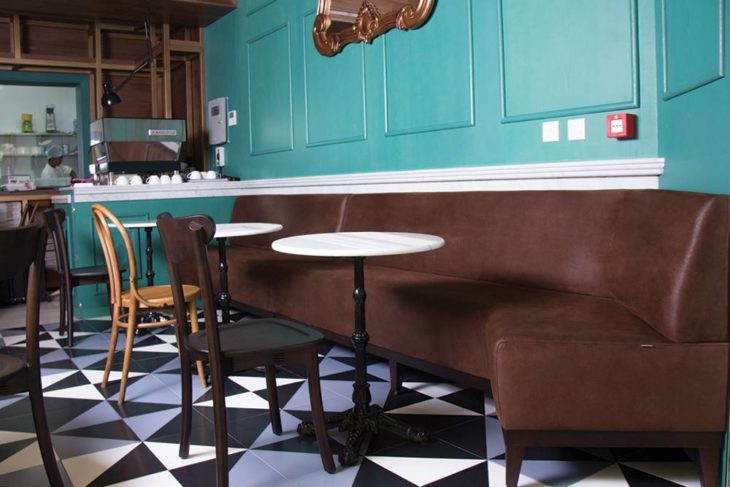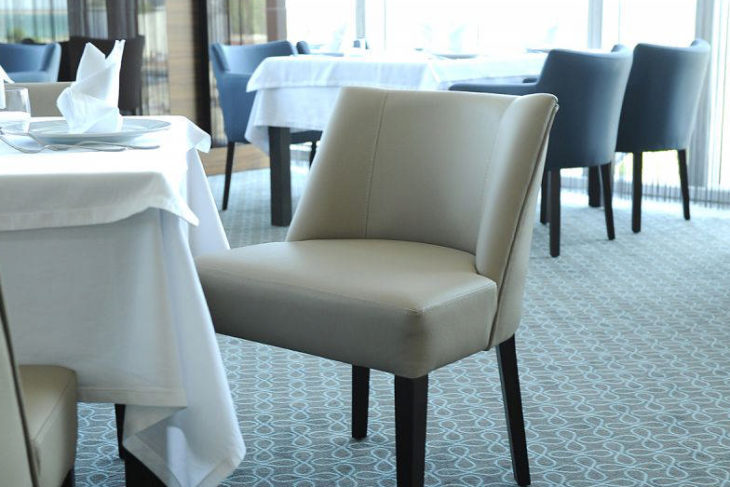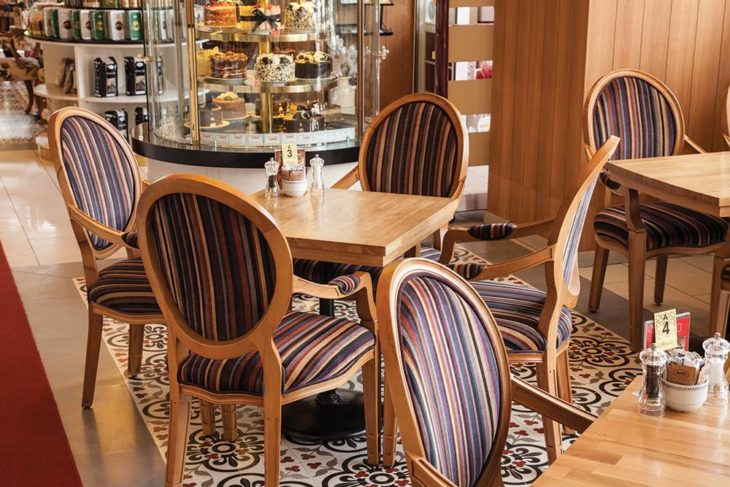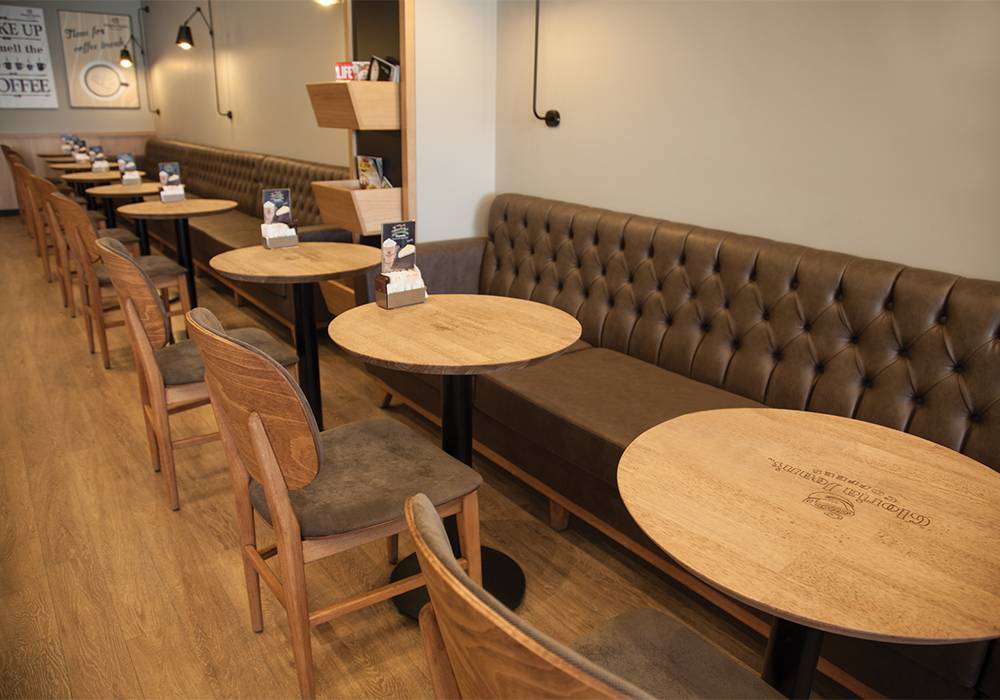
Vietnamese pho is an easy dish to pick up and enjoy. To the casual diner, consuming pho only requires your ability to place your order, and hold chopsticks and spoon in your hands. For those ready for something more, pho etiquette is your next goal. There are specific customs to follow, while other protocols are left to individual interpretation and choice. Here’s a collection of pho etiquette to help you come closer to pho and Viet culture. If in doubt, just remember one thing: showing respect for the elders goes a long way.
I’m assuming you’re already proficient with a pair of chopsticks, so here we go.
“Sitting” Etiquette
Before everyone sits down, look at your table and the arrangement of the chairs. Decide where the head of the table is (or the most important sitting position) and yield to the eldest or most respected person in the group. But it gets more complicated. If there’s a very respected male (regardless of age,) then he may be the one to get “the chair.” If you’re not sure, just do the safe thing: Hang back and let things fall into place. Someone will ask you to sit somewhere, and that’s what you want. Easy.
“Ordering Pho” Etiquette
Etiquette for ordering pho is fairly straightforward. For first-time pho diners finding yourselves alone in a pho restaurant, a little help from the order taker is obviously required. Needless to say, if you’re in a group then assistance from an experienced friend is obvious. For the experienced pho diners, you probably already know what you’re doing. In any case, however, it’s proper to let the more senior member of the group order first. This is consistent with the “respect for the elders” consideration discussed earlier. Everyone else can select their orders in turn, and the youngsters’ foods can be ordered by one of the adults.
“Wiping Down Your Chopsticks and Spoon” Etiquette
It’s a habit for most Viet pho diners to wipe their chopsticks and spoon before eating their pho in restaurants. Some will start doing this as soon as they sit down at the table, even before ordering. This is an old habit of pho being a street food for the working class in Vietnam, and old habits die hard. But don’t worry, your typical neighborhood restaurants are used to Viet clientele doing this. They do not mind, as it does not necessarily reflect on the restaurant’s sanitary condition. In fact it can be a sign of the client “making himself/herself at home,” and it is good for the restaurant, especially if it’s a repeat customer.
Progressive restaurants are very conscious of the image that wiping chopsticks gives to their shops. They’d rather not have wiping going on as they’re trying to attract more non-Viet clientele. Some restaurants have begun to insert pairs of chopsticks in paper sleeves, an admirable attempt to show their care for the clients’ well being. No matter, people still wipe, even though they know those plastic chopsticks have been through the commercial washer just like at any other Grade A establishment. Alternatively, a few restaurants also make available individually wrapped disposable wood chopsticks, which seems to successfully prevent wiping.
Now if you’re in a high-class, five-star restaurant, then wiping down your chopsticks may reflect badly on you. Be aware of your surrounding, the environment and the other diners. If the restaurant expects you to be a snob, then be a snob and do not make it look like you don’t belong.
To wipe or not to wipe? You now know where and when.
“Personalize Your Pho” Etiquette
Once your pho is at the table, everything you do from here on out is your own business. There normally are 2 things you may want to do before digging in: adding the garnishes (sprouts, culantro, basil, lime and sliced peppers,) and adding the sauces (hoisin sauce for pho and hot chili sauce, mainly the Sriracha brand in the U.S.) that are already at the table. Whatever your preferences, don’t let anyone tell you “you must have this or you must add that.” These are entirely optional per your own taste. Pho does not require you to have anything added, but adding some of these can enhance your pho.
“Slurping Your Pho” Etiquette
You’ve done everything correctly up to this point. Your original intent to simply grab a quick bowl of pho seems ages ago. But finally, this is the moment! Chopsticks in one hand (left or right,) spoon in the other, you go for it, with gusto. Of course it’s really not “anything goes,” because civility still counts in any culture. In Asia eating noodle requires slurping, and pho is no exception. So go ahead. Slurp. Just don’t overdo it.
“Finishing Your Pho” Etiquette
The proper way to finish a meal in Vietnam is to put your chopsticks across your bowl, like making a bridge. This may conflict with Japanese convention to never bridge chopsticks over a bowl, but Viet traditions follow many Chinese traditions, and this is one of them. While second and subsequent Viet generations outside of Vietnam begin to lose this tradition, it still is the accepted way to end a meal.
Oh one more thing. While it’s okay to order pho to go or take out, taking leftovers with you is a no-no. You only have one chance at a bowl of pho. Plus it’s disgusting, however you look at it.
“Tipping” Etiquette
Except for more expensive restaurants where service charges or tipping may be added or expected, servers at most “typical” pho shops in Vietnam do not expect tips as part of their service. Tipping, to the common Vietnamese (the working class,) is not what a Westerner may think. Tips are normally looked at as “spare change” or handouts that a worker would rather not accept. Except for beggars, workers, including those providing a service, do not want to be seen as accepting handouts. Tourism to Vietnam will change this over time, but for many places not impacted greatly by foreign visitors, tipping will probably continue to be nonexistent and not expected.
Early Viet refugees carried this exact mindset to the western world. You can still see the same attitude among many Viet even today – this despite living in the U.S. for more than 30 years. With Vietnamese food going mainstream in the U.S., tipping is becoming more commonplace and acceptable by the Viet service providers.
So what do you do? For U.S. restaurants, definitely leave tips. But if you’re in Vietnam, leave tips if you’re in a big city. If you find yourself in a place out in the boondocks, then tipping is not expected. But if you still must do it, then give it to the server directly and separately, with sincerity and friendliness. Or if the owner and server are one and the same (or family members) then just add more to your payment and ask them to not return the change. Not “keep the change,” but “no need to return the change.”
“Paying” Etiquette
Americans and other non-Viet diners may have noticed that most Viet restaurants do not present checks at their tables. This is not bad service. It’s just because the restaurateurs do not want to look like they’re trying to shove you out the door by asking you to hurry up and pay. This is the common Viet restaurant way and it exists here in the U.S. too.
So what do you do knowing all this? Just do what the “regulars” do. Sometime knowledgeable servers will recognize a non-Viet customer and will present a check after your meal (while not necessarily doing the same for Viet customers.) But if this is not the case, then you (and everybody else) just go to the register and pay there. No more confusion.
Summary: Pho Etiquette
There you have it. Pho Etiquette. I know, many of us just want a bowl of pho, but I believe knowing these, and maybe practicing at least some of them, will get you much closer to your pho than you would have otherwise. Pho etiquette gives you pho nirvana, so to speak. Enjoy.
